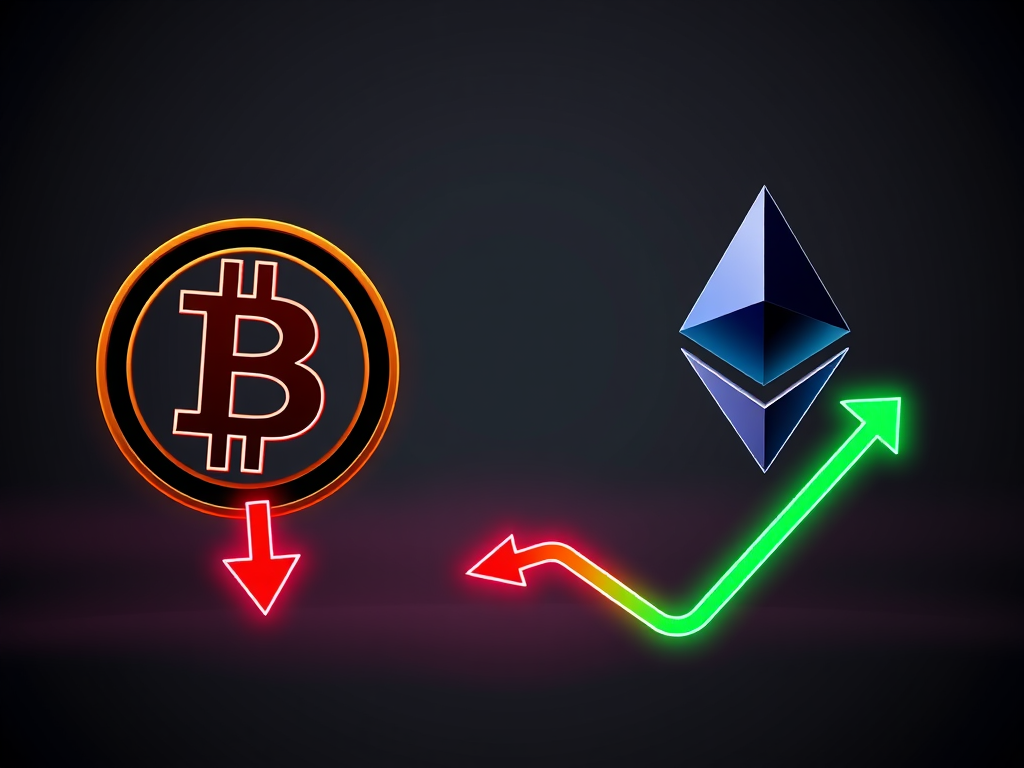Blockchain technology has introduced new possibilities for digital transactions and decentralized systems. However, as cryptocurrencies and blockchain applications have gained popularity, they’ve encountered significant scalability challenges. Layer 2 solutions have emerged as a set of technologies and protocols designed to address these issues and potentially enable wider blockchain adoption.
Understanding the Scalability Issue
The core of blockchain’s scalability problem is often called the “scalability trilemma,” a concept attributed to Ethereum co-founder Vitalik Buterin. This principle suggests that blockchain systems typically achieve only two desirable properties: decentralization, security, and scalability. Many public blockchains, including Bitcoin and Ethereum, have prioritized decentralization and security, often resulting in limited scalability.
This trade-off has led to networks that, while secure and decentralized, struggle to handle high transaction volumes efficiently. During periods of network congestion, users may experience slower transaction speeds and higher fees, which can hinder the technology’s potential for widespread use.
The Role of Layer 2
Layer 2 refers to a secondary framework or protocol built on an existing blockchain system. These solutions aim to improve the scalability of the underlying blockchain (Layer 1) while maintaining its decentralization and security features.
By processing a significant portion of transactions off the main chain, Layer 2 solutions can enable faster transactions and reduced fees. This approach allows blockchains to maintain their security and decentralized nature while potentially improving their performance and user experience.
Types of Layer 2 Solutions
There are several approaches to Layer 2 scaling:
State channels allow participants to conduct multiple transactions off-chain, only settling the final state on the main blockchain. This method can be useful for applications requiring frequent, small transactions between a set of parties.
Sidechains operate as separate blockchains that run parallel to the main chain and connect via a two-way peg. This allows for different consensus mechanisms and features while leveraging the main chain’s security.
Plasma is a framework for creating child chains that periodically report to the main chain, allowing for high-throughput applications while maintaining a connection to the base layer’s security.
Rollups are a prominent Layer 2 solution, especially for networks like Ethereum. They work by executing transactions off-chain and then posting the transaction data on-chain. There are two main types:
- Optimistic rollups assume transactions are valid by default, only running computations in case of a challenge.
- Zero-Knowledge (ZK) rollups use cryptographic proofs to validate transactions without revealing the underlying data, offering scalability and enhanced privacy.
Recent developments in zkEVM solutions have shown promise. For instance, Polygon zkEVM is described as “the first zero-knowledge scaling solution that is fully equivalent to an EVM,” highlighting technological advancements.
Performance Improvements
Layer 2 solutions can offer significant performance enhancements. For example, Arbitrum, an optimistic rollup solution, can process up to 40,000 transactions per second, compared to Ethereum’s base capacity of about 14 transactions per second. This substantial increase in throughput demonstrates the potential scalability benefits of Layer 2 technologies.
Real-World Applications
Several projects are utilizing Layer 2 solutions to enhance their capabilities:
The Bitcoin Lightning Network enables near-instant, low-cost Bitcoin transactions, making Bitcoin more viable for everyday transactions.
Polygon has evolved from a Layer 2 scaling solution for Ethereum into a comprehensive suite of solutions that include both Layer 2 and sidechain approaches.
Optimism and zkSync, two different approaches to rollups, have gained traction in the decentralized finance (DeFi) space. They enable the more efficient operation of complex financial applications on Ethereum.
Interoperability and Diversity
Progress is being made in cross-Layer 2 interoperability. Several leading Ethereum Layer 2 networks integrate Avail’s Data Availability solution, including Arbitrum, Optimism, Polygon, zkSync, and Starkware. This integration aims to improve rollup efficiency and security across Layer 2 networks.
The Layer 2 ecosystem is also becoming increasingly diverse. Vitalik Buterin has noted the growing variety among Layer 2 projects, indicating an evolving landscape of scaling solutions.
Market Adoption
Layer 2 solutions have seen significant adoption. As of February 2024, the total value locked (TVL) across Layer 2 blockchain platforms has exceeded $20 billion. This figure suggests substantial growth and increasing confidence in these scaling solutions.
Challenges and Considerations
While Layer 2 solutions offer potential benefits, they also present challenges:
- The additional complexity they introduce can be a barrier for developers and users.
- There’s a risk of liquidity fragmentation as assets and activities spread across multiple Layer 2 solutions.
- Some Layer 2 solutions rely on a smaller set of validators or operators, which could introduce new trust assumptions.
- Interoperability between different Layer 2 solutions and with the base layer remains an ongoing challenge, though progress is being made.
Future Developments
As blockchain technology continues evolving, Layer 2 solutions will likely play an increasingly important role in addressing scalability challenges. The ongoing development of these technologies, combined with improvements to base-layer protocols, may unlock new possibilities for blockchain applications across various industries.
Ethereum, for instance, has made progress in its upgrade roadmap. With the Merge upgrade in September 2022, the network transitioned to a Proof-of-Stake consensus mechanism. Future upgrades, including the implementation of shard chains, are expected to further enhance scalability. Working in conjunction with Layer 2 solutions, these base layer improvements could create a more scalable and efficient blockchain ecosystem.
Stay informed about Layer 2 developments, which may be important for those involved in the blockchain space. These technologies could shape the future of decentralized systems and their impact on the digital economy. As the ecosystem matures, further refinements and new approaches to Layer 2 scaling may emerge, each potentially bringing blockchain technology closer to widespread adoption.












